Rising Chronic Disease Prevalence
The increasing prevalence of chronic diseases in the US is a pivotal driver for the multi med-adherence-packaging market. As the population ages, conditions such as diabetes, hypertension, and cardiovascular diseases are becoming more common. According to the CDC, approximately 60% of adults in the US have at least one chronic condition, which necessitates effective medication management. Multi med-adherence-packaging solutions are designed to simplify the medication regimen for patients, thereby enhancing adherence rates. This market is projected to grow as healthcare providers seek innovative ways to improve patient outcomes and reduce healthcare costs associated with non-adherence. The multi med-adherence-packaging market is thus positioned to benefit from this trend, as it aligns with the need for solutions that cater to the complexities of managing multiple medications.
Technological Advancements in Packaging
Technological advancements in packaging are significantly influencing the multi med-adherence-packaging market. Innovations such as smart packaging, which includes features like QR codes and NFC technology, allow for better tracking and management of medication adherence. These technologies enable patients and caregivers to receive reminders and alerts, thereby improving compliance. The integration of digital health solutions with packaging is expected to enhance user experience and engagement. As the market evolves, the demand for technologically advanced packaging solutions is likely to increase, reflecting a shift towards more interactive and user-friendly designs. The multi med-adherence-packaging market is thus adapting to these technological changes, which could lead to a more robust growth trajectory in the coming years.
Growing Demand for Personalized Medicine
The growing demand for personalized medicine is shaping the multi med-adherence-packaging market. As healthcare shifts towards tailored treatment plans, the need for packaging that accommodates individual patient needs becomes increasingly important. Personalized medication regimens often involve multiple drugs, making adherence more complex. The multi med-adherence-packaging market is likely to expand as manufacturers develop solutions that cater to these personalized approaches, ensuring that patients receive the correct medications at the right times. This trend aligns with the broader movement towards patient-centered care, where the focus is on optimizing treatment outcomes through customized solutions. The market is expected to see innovations that enhance the user experience and improve adherence rates.
Increased Focus on Healthcare Cost Reduction
The rising focus on reducing healthcare costs is a significant driver for the multi med-adherence-packaging market. Non-adherence to medication regimens leads to increased hospitalizations and healthcare expenditures, which can be detrimental to both patients and healthcare systems. The multi med-adherence-packaging market is responding to this challenge by providing solutions that enhance adherence and, consequently, reduce overall healthcare costs. Studies indicate that improving medication adherence can save the US healthcare system approximately $290 billion annually. As healthcare providers and payers recognize the financial benefits of investing in adherence solutions, the demand for multi med-adherence-packaging is expected to grow, reflecting a strategic shift towards cost-effective healthcare management.
Regulatory Initiatives Promoting Medication Adherence
Regulatory initiatives aimed at promoting medication adherence are driving growth in the multi med-adherence-packaging market. Government agencies and healthcare organizations are increasingly recognizing the importance of adherence in improving health outcomes. Initiatives such as the Medication Therapy Management (MTM) programs encourage the use of adherence packaging to support patients in managing their medications effectively. These programs often provide financial incentives for healthcare providers to implement adherence strategies, thereby fostering a supportive environment for the multi med-adherence-packaging market. As regulations evolve to emphasize adherence, the demand for innovative packaging solutions is expected to rise, creating opportunities for growth and development within the market.


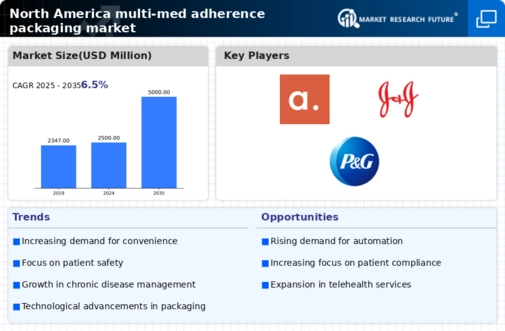
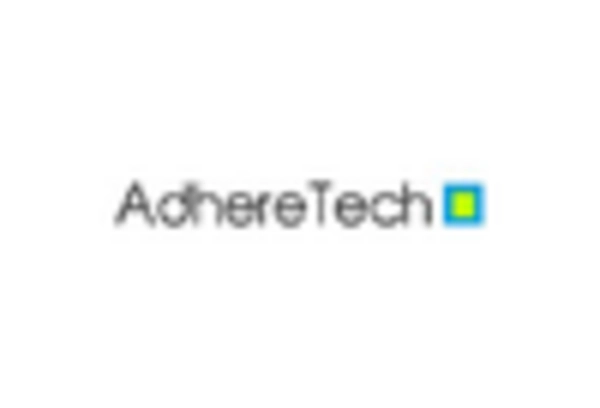
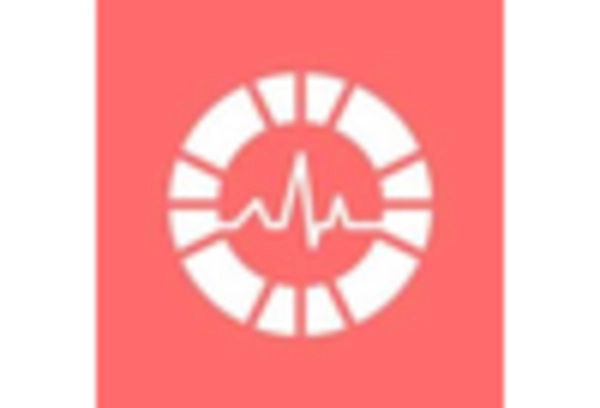
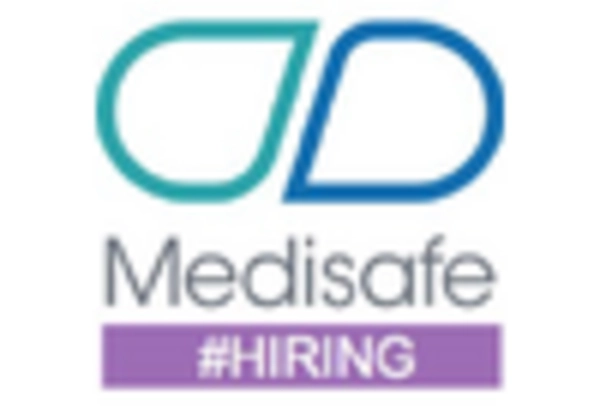
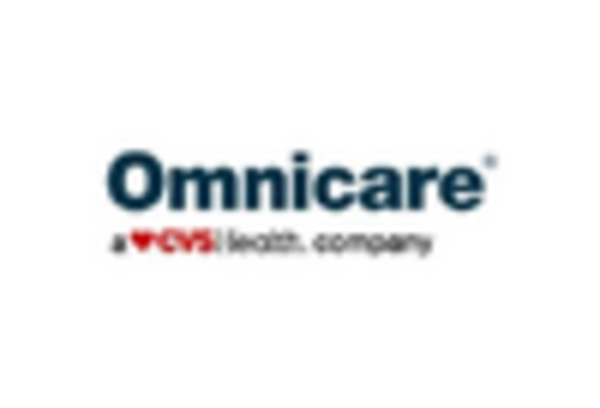
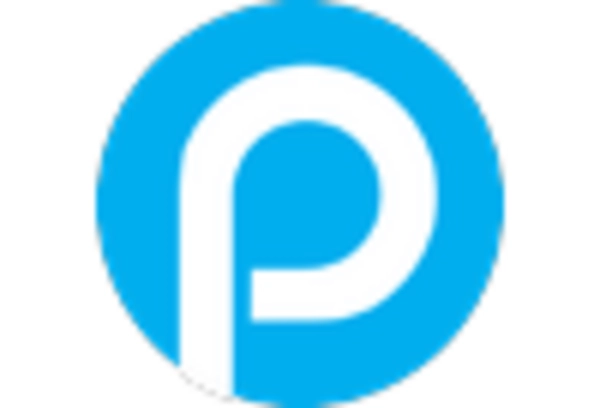
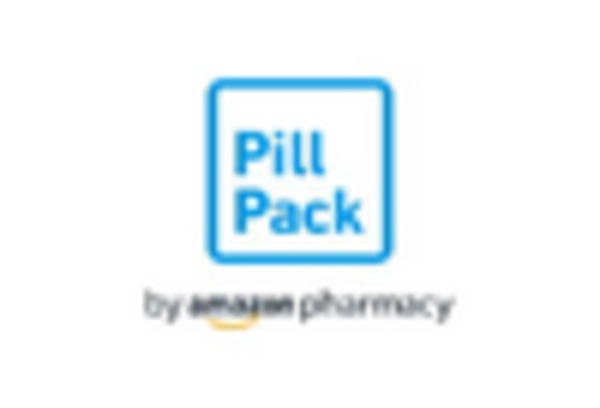








Leave a Comment